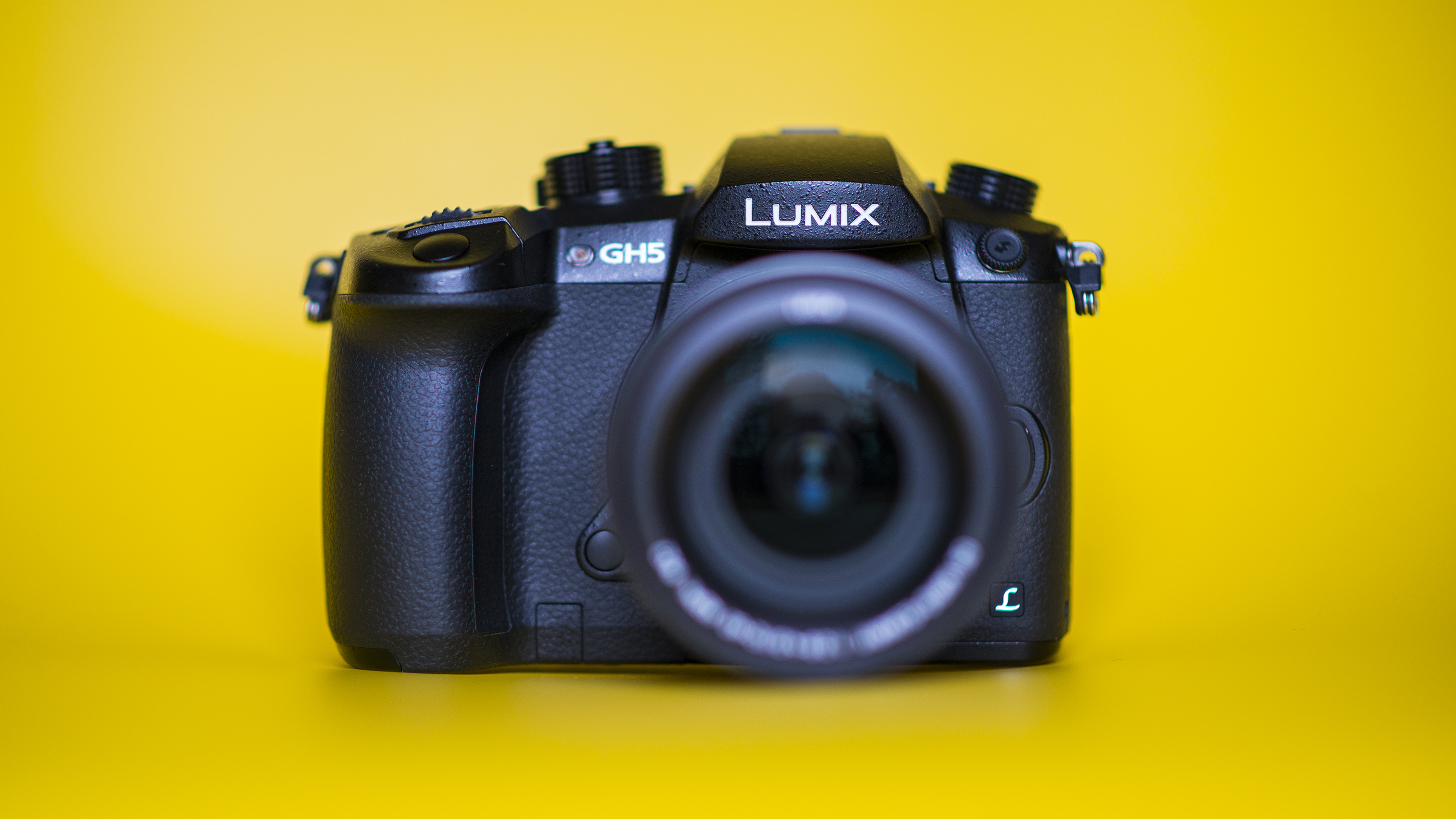Brand-by-brand guide to image stabilization
Know your IS from your VR
Olympus

Traditionally, Olympus has opted for image stabilization at the sensor level rather than through its optics, although as of last year the company has also started to furnish its lenses with the technology. As is the case with other manufacturers that offer both, you can use the two together, a feature dubbed 5-Axis Sync IS.
The most recent bodies employ a five-axis stabilization system, which corrects for yaw, pitch and roll movement, as well as shifting across vertical and horizontal axes. What’s particularly impressive, however, is how effective Olympus claims this system to be.

Not only can you get up to 5.5 stops as standard with the latest Olympus OM-D E-M1 II, but when you combine this with the M.Zuiko Digital ED 12-100mm f/4.0 IS Pro lens this increases to an incredible 6.5 stops. Even with its only other current IS lens, the M.ZUIKO Digital ED 300mm f/4.0 IS Pro, the company is confident you can achieve six stops of correction.

Through the menu system you can leave the camera to stabilize images as normal, or set it to only stabilize the appropriate axis when panning in either vertical or horizontal directions. You can also leave the camera to decide on this automatically, so that it switches between normal and panning options as it deems it necessary.
Furthermore, when recording videos, you can choose between compensation applied by the sensor alone or a combination of sensor- and digital-based correction.
Panasonic

Panasonic has done things the other way around from Olympus, in that it has traditionally provided lens-based image stabilization but has more recently started to fit its models with sensor-based image stabilization too.
There have been a fair few names for the various technologies it’s used over the years, so it's useful to know how these differ.
Sign up for breaking news, reviews, opinion, top tech deals, and more.

The company has long used the term MEGA O.I.S. to indicate the presence of optical image stabilization in a lens, and it continues to do so. POWER O.I.S., meanwhile, is said to take MEGA O.I.S. further and provide even better correction.

Since releasing models with sensor-based image stabilization, Panasonic has started to apply the term Dual I.S. when referring to sensor- and lens-based systems working together. The most recent version of this is dubbed 5-axis DUAL I.S., which combines five-axis stabilization from the sensor with two-axis (yaw and pitch) stabilization from the lens.
At the moment, 5-axis DUAL I.S. 2 is only compatible with a handful of lenses, although firmware updates slowly rolled out for older lenses have made these compatible with the technology.
Another term, 5-axis Hybrid OIS+, refers to a combination of mechanical and digital image stabilization, which comes into play when recording videos.
Pentax

Pentax’s version of in-body image stabilization is called Shake Reduction, and this has featured in its cameras for some time now. These bodies typically have a gold SR badge somewhere on the front plate.
The system works by shifting the sensor to counter camera shake. This means the effects of image stabilization can't be seen through an optical viewfinder, although you can see this effect when using live view or when recording videos.

The most recent Pentax models make use of a second-generation system dubbed ‘Shake Reduction II'. As with other current systems this works over the same five axes, and promises five stops of stabilization (at least when used with the smc Pentax-DA 18-135mm f/3.5-5.6ED AL [IF] DC WR lens that currently serves as a kit option).
This mechanism is capable of detecting panning, and switches its correction automatically to suit the image, and while it doesn't turn off automatically when the camera is used on a tripod, it is disabled when entering certain shooting modes.

These modes vary according to the model you’re using, but it’s typically when selecting options highly likely to be used in conjunction with a tripod (self-timer, bulb etc). You can also typically deactivate this with the Auto SR Off option that’s found within the Custom menu.
Shake Reduction is also effective when capturing videos with Pentax cameras, and it's also behind a number of other technologies, such as the Pixel Shift Resolution feature.
Fujifilm

Fujifilm makes use of image stabilization in its lenses rather than its camera bodies, and current models typically promise to have a compensatory effect of between 4-5 EV stops.
These lenses are marked ‘OIS’, and are available for both Fujifilm's X-series of compact system cameras and its newer medium format system.

Through the menu system of X-series models, you can choose whether to have this effect work continuously, or whether to only have it operating when the shutter-release button is half-pressed and at the point of exposure. This latter option isn't unique to Fujifilm, and it’s a useful way of saving battery life.